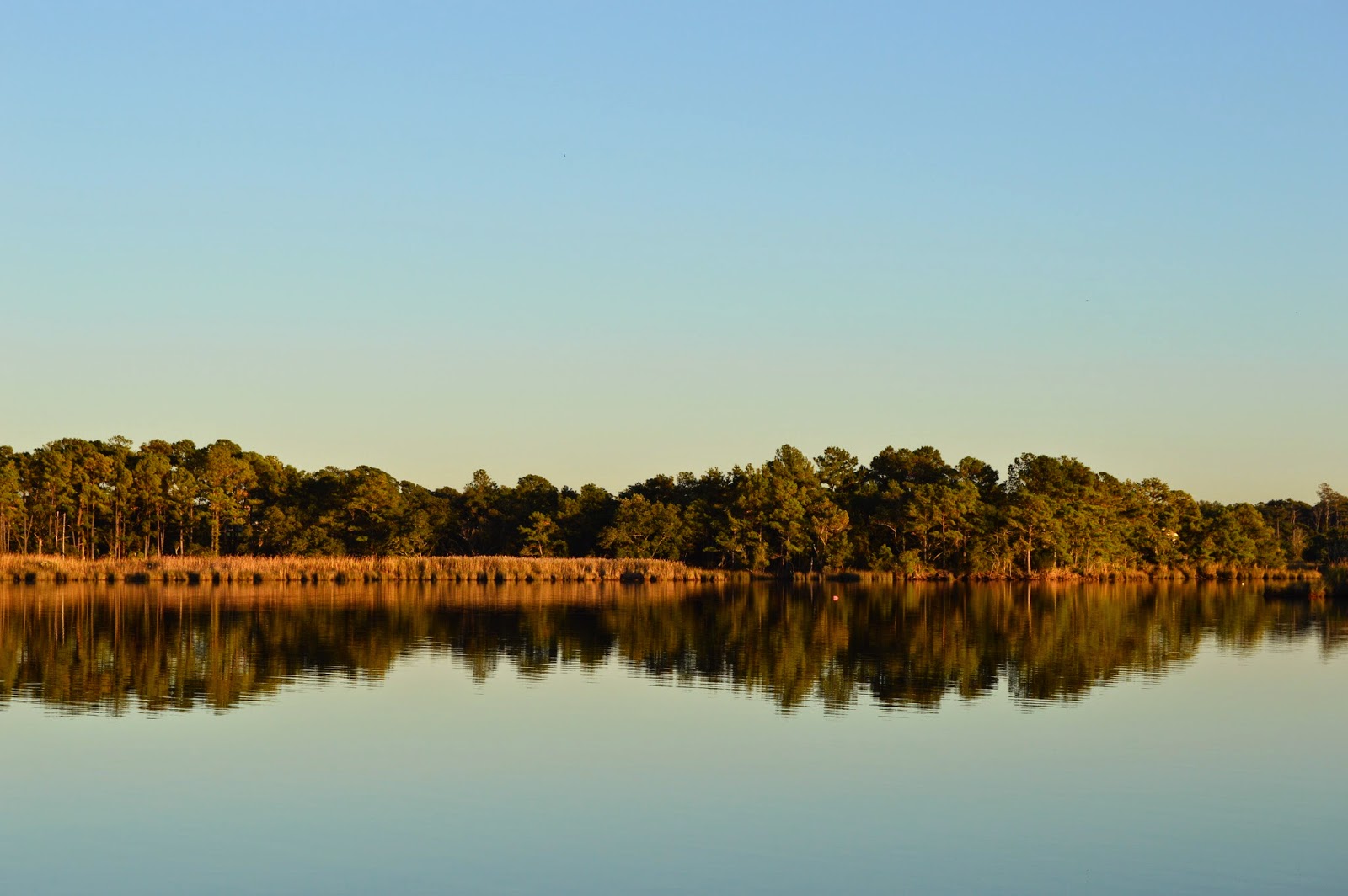November 10 – 16, 2014
Heading along the coast brought us to the Charleston South
Carolina area so we decided to spend a week.
We didn’t learn to do the Charleston but it was named after
this city. It became popular in the United States in 1923 but Charleston city
was founded in 1670 as Charles Towne in honor of King Charles II of England. In
1783 the name was changed to Charleston.
It became quite the area for trade for the southern
colonies. Charleston was also the wealthiest and largest city south of
Philadelphia. It still has some pretty wealthy residents.
We took a tour via carriage to get a feel for the history
and the wonderful architecture. Our tour guide was fun to listen to and pointed
out the buildings that have been around since the late 1700s.
Our Transportation
Classic
Vintage Beautiful
One Old Door
Preserving History
The Sword Gate
We toured the harbor as well and got to see Fort Sumter,
Patriots Point in Mount Pleasant, and even the Yorktown. Not sure if I
mentioned in earlier writings but Fort Sumter is pretty much known as the place
the Civil War began.
Mount Pleasant Beach House
Going for Bait Fish
Heading off to Sail
South Carolina had seceded from the Union, yet Union forces
still occupied the fort. The South wanted the Union to vacate and they refused,
so on April 12, 1861, South Carolina Confederate troops from Fort Johnson fired
on the fort and as they say “the rest is history”.
Patriots Point is the home of the USS Yorktown (CVS-10) which now serves as a museum. The ship was named
after the Battle of Yorktown of the American Revolutionary War. Building began
on December 1, 1941 and launched in January 1943.
We enjoyed the harbor tour and as we were heading back to
the dock you get to go under the bridge that takes you over the Ashley River.
We crossed this bridge to get to the RV park we were staying at and were pretty
amazed at its design.
The Stick Farm
Bridging the Gap
We enjoyed checking out some of the local places folks told
us about one of which was Folly Beach on James Island. We were there on Veteran’s
Day so I am guessing it was a bit busier than it normally would have been. Dogs
are not allowed on the beach during the summer so Izzy lucked out and enjoyed
running around and chasing sticks.
The other place we explored was the Caw Caw interpretive
center.
This area was once thriving with rice fields. African slaves
brought knowledge of rice cultivation which plantation owners cultivated and
developed.
Cypress in the Swamp
Enjoying the Day
Nature's Art
Rice Field Remnants
Still Water
As you hike on the trails you encounter tea plants which
were once planted here in the early 1900s to try and become a commercial tea growing
area. It didn’t last long and today the only commercially grown tea in the
United States is grown on Wadmalaw Island South Carolina.
We were also told about an oak that was close to where we were staying that you must see. We found the Angel Oak Park and walked around. We have to admit that it is one big Southern live oak tree. Not to mention it is estimated to be at least 400 and possibly 1400 years old.
A bit gnarly
Expansive
We did manage to find a nice golf course to get some more
exercise while we were in the area. The course was beautiful and our golf wasn’t
horrible!
Now If I Can Keep it Straight
Putting Hopeful
Izzy had fun too since there was a nature trail at the RV park
so she could get out and sniff to her heart’s content. It is a good thing she
didn’t want to go swimming though as I think these ducks probably would have
chased her out of their ponds.
We will hit the road from here and work our way down to
Florida so check back in a week or so and find out what else we are up to.
Until then TTFN!
























































